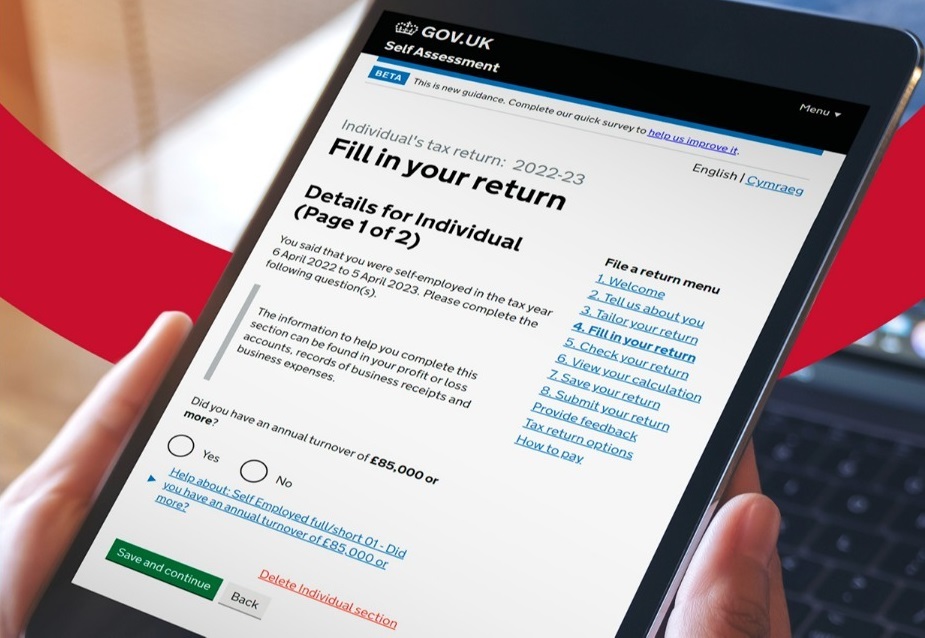Joe Kim of SolarWinds looks at what government IT pros can expect from hybrid IT, and whether implementing it will provide any benefits
Government IT professionals have a lot on their plates. Thanks to the increasingly sophisticated threat of cyberattacks, their jobs are not getting any easier. While trends such as the internet of things and software-defined networking are also making their roles more complicated.
This is best illustrated in government organisations’ eagerness to adopt hybrid IT: the practice of migrating some infrastructure to the cloud, while continuing to maintain some critical services on site.
Hybrid IT promises rich benefits, from cost savings to scalability, so it’s no surprise that this trend is being embraced wholeheartedly by the public sector. According to the findings from the latest SolarWinds annual IT Trends report, 95 per cent of government IT professionals said that their organisation has migrated critical applications and IT infrastructure to the cloud over the past year.
RELATED CONTENT
- Socitm: Collaboration and leadership needed for ‘SuperCloud’ initiatives to take off
- Turning the tide: how the public sector can win the battle against shadow IT
- Governments ‘most attacked sector’ – as proportion of cyber attacks double globally
Yet, for all its potential, hybrid IT presents a challenge for government IT professionals already straining under the weight of their existing responsibilities. What can government organisations and their IT teams expect when adopting a hybrid IT model – and is it worth the hassle?
Bridge the gap
The first thing to note about hybrid IT environments is that they can make government IT professionals’ jobs more complex. This is partly due to heightened expectations. Government organisations are used to the confines of traditional, on-premises infrastructure and, as a result, they are used to IT professionals knowing the organisation’s network environment like the back of their hand.
Now, however, it’s not so simple. With a growing number of critical applications being moved to the cloud, government IT professionals are now expected to manage everything both on and off premises. This isn’t an easy task, especially given the fact that those applications within the cloud no longer fall under the IT professionals’ remit. Instead, they are managed by a cloud service provider
To manage applications across on-premises and the cloud, new skills are required. However, government IT professionals have fewer available resources dedicated to upskilling due to organisational budget cuts.
A total reliance on traditional hardware, for example, can be tiresome, with ongoing maintenance expensive and time consuming, especially when something breaks down. By outsourcing some of this work to cloud service providers, government IT professionals can place more of a focus on the topic most government IT professionals fear most: security.
Keep it secure
Cybersecurity has received significant attention from central government this past year. In the UK, the new National Cyber Security Strategy – which included a £1.9 billion investment to address the growing threat of data breaches – highlighted the desperate need to invest against a threat that is growing, both in terms of in financial backing and sophistication.
Migrating infrastructure to the cloud represents a real security risk to many government agencies, which have highly sensitive data. If a business suffers a data breach, it can expect huge monetary losses. If a government’s data is breached, however, the consequences can be far more serious.
Many government IT professionals are reluctant to place their infrastructure in the hands of a third party. SolarWinds research found that security is one of the key reasons for organisations – including government – to move from the cloud back to on-premises.
Increased complexity for an IT professional is also playing a part in security concerns, with the 2016 SolarWinds Government Cybersecurity Survey finding that 48 per cent of respondents said that difficulty supporting their IT environments had resulted in increased security challenges.
While hybrid IT’s complexity can be troubling, IT professionals can do more to simplify their hybrid IT environment. The IT Trends report found that 71 per cent of government organisations currently use up to three cloud provider environments. By distributing infrastructure across so many environments, complexity becomes pretty much inevitable.
Despite the misgivings of some IT professionals, the hybrid IT era is one that is worth embracing, with 49 per cent of government IT professionals identifying cost efficiency as one of their top three reasons for selecting particular areas to migrate to the cloud.
As purse strings tighten across government departments, a flexible infrastructure that offers cost savings and scalability should be a no-brainer. Hybrid IT offers this, and by bridging the skills gap and managing security concerns, government IT professionals can reap significant benefits.
Joe Kim (pictured above) is global chief technology officer at SolarWinds



